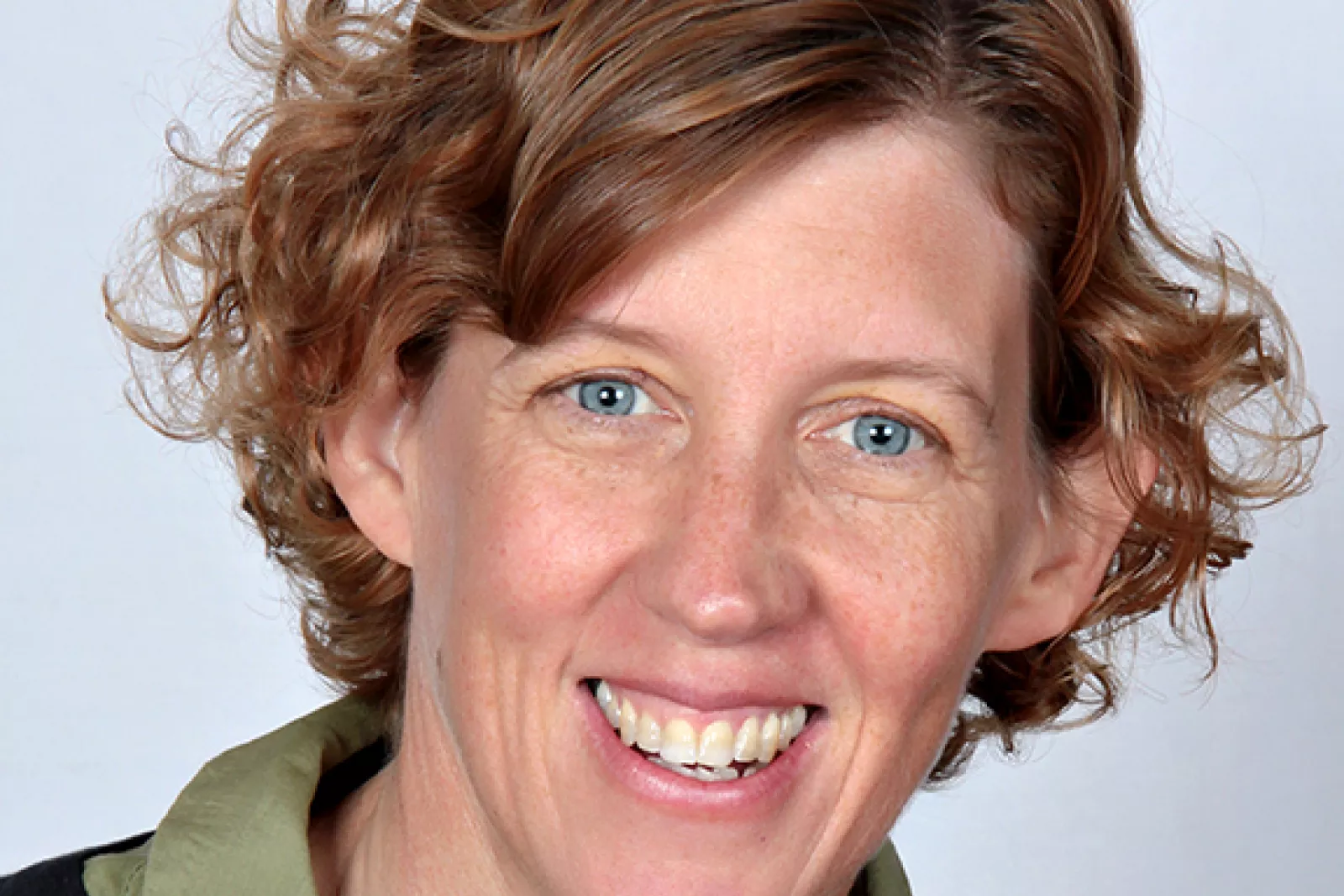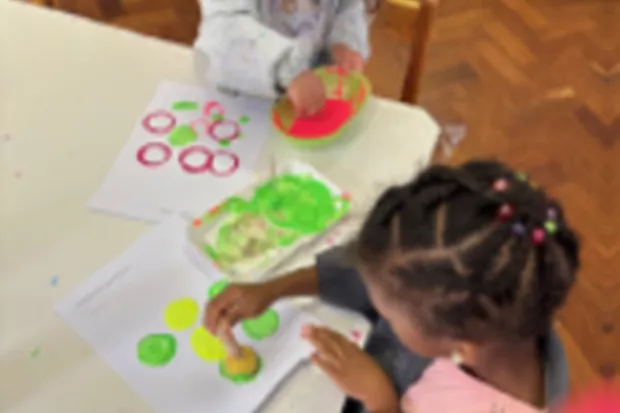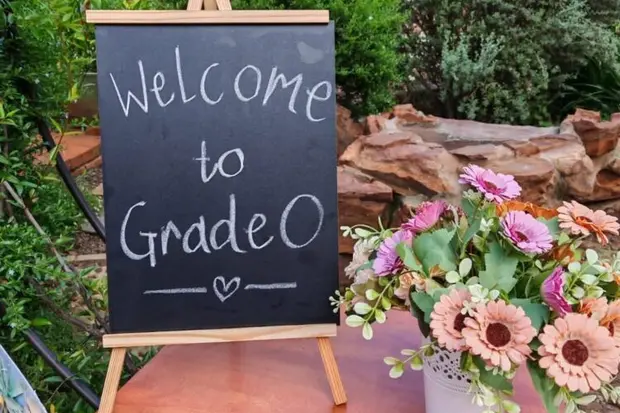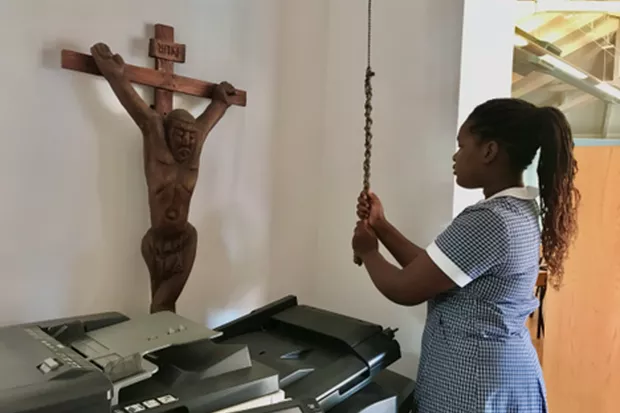From the Junior School head's desk: 17 February 2023

Like any commercialised festival, Valentine’s Day has its detractors. From my vantage point, at the head’s desk (so says this article!), any day that prompts us to celebrate the value of love and to find ways to demonstrate our love for each other and our community is worth acknowledging. In addition to wearing their hearts on their sleeves with their choice of red, white, and pink attire, our children also made cards and tokens for each other, and they crafted hearts with the bottle tops they have been collecting as part of an inter-house competition.
Among all the other activities recorded in these pages, I have had the pleasure of hosting groups of Grade 7 girls for tea: we gather in my office and get to know each other better over a plate of chocolate triangles and boxes of fruit juice. The conversation ranges over various topics, big and small, and some subjects return year after year – school uniform is one; boys is another. The scope of the uniform discussion is limited to what we wear and rarely ventures into the more philosophical terrain of why we wear a uniform at all, which is just as well. As I discovered some years ago, conclusive, credible research into the benefits of school uniform is curiously thin on the ground.
Another well-travelled topic that suffers from vigorous but largely uninformed discussion among private school parents the world over is that of class size. Malcolm Gladwell, the English-born, Canadian journalist best known in education circles for his Outliers essay on the advantages of “academic redshirting” (the parental practice of delaying your child’s entrance into pre-school) has also considered the advantages of smaller student numbers on academic achievement in his book, David and Goliath: Underdogs, Misfits, and the Art of Battling Giants (2013). He has this to say on the subject:
All of the studies of class size and its effect on results – and there have been hundreds done over the years – are inconclusive. Fifteen percent find statistically significant evidence that students do better in smaller classes. Roughly the same number find that students do worse in smaller classes. Twenty percent are like [Carol M] Hoxby’s and find no effect at all – and the balance find a little bit of evidence in either direction that isn’t strong enough to draw any real conclusions.
Before we get carried away, let’s be clear on what the research does show: classes of 20 do perform better than classes of 40. At the same time, and what Gladwell is at pains to point out – hence the italics – researchers can find “no real benefit to making classes smaller in the medium range of low twenties to high teens.”
Gladwell’s insights reflect what most teachers intuitively know – that small classes present challenges that are potentially as difficult for a teacher to manage as very large classes. Yes, there might be fewer books to mark and relationships to foster but a good teaching environment depends on things that are demonstrably hard to measure: discussion, difference of opinion, energy. In Gladwell’s words, “If the [pupil] numbers get too low, discussion suffers. And if the class is too small, among the speakers, you don’t have enough breadth of opinion perhaps to get things really going.” There’s also something called “peer mentorship,” widely recognised by teachers as an invaluable asset to deep, sustained learning but hugely undervalued by parents who habitually see their children’s peers “as competitors for the attention of the teacher and not allies in the adventure of learning”. Taken too far, Gladwell observes, drawing on the research of others, class-size reduction “steals away the peers that struggling students learn from.”
We can speculate on why the difference in achievement between a class of 25 students and a class of 18 students appears negligible – one suggestion relates to teaching style – but we cannot ignore the facts. As a teacher of medium range class sizes, I share Gladwell’s sceptical take on institutions whose entire offering appeals to parents “who see things like golf courses and Steinway pianos and small classes as evidence that their money is well spent: the school assumes that the kinds of things that wealth can buy always translate into real-world advantages.” The week of Valentine’s Day is a good time to remind ourselves of the kinds of things that guide our teaching at St Mary’s: Love, Community and Integrity – and the privilege of learning from others.
SARAH WARNER
JUNIOR SCHOOL HEADMISTRESS
Related News

Little Saints News

Grade 0 News

Grade 7 News
